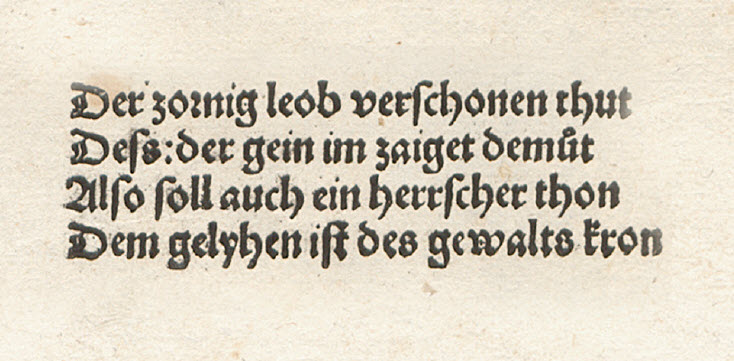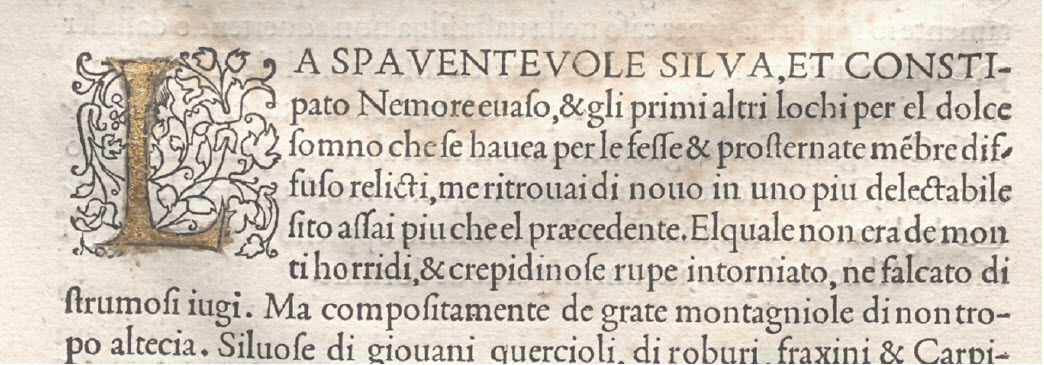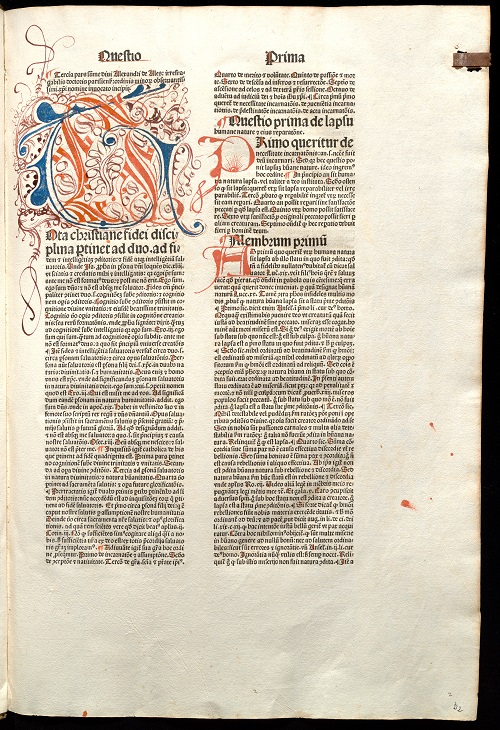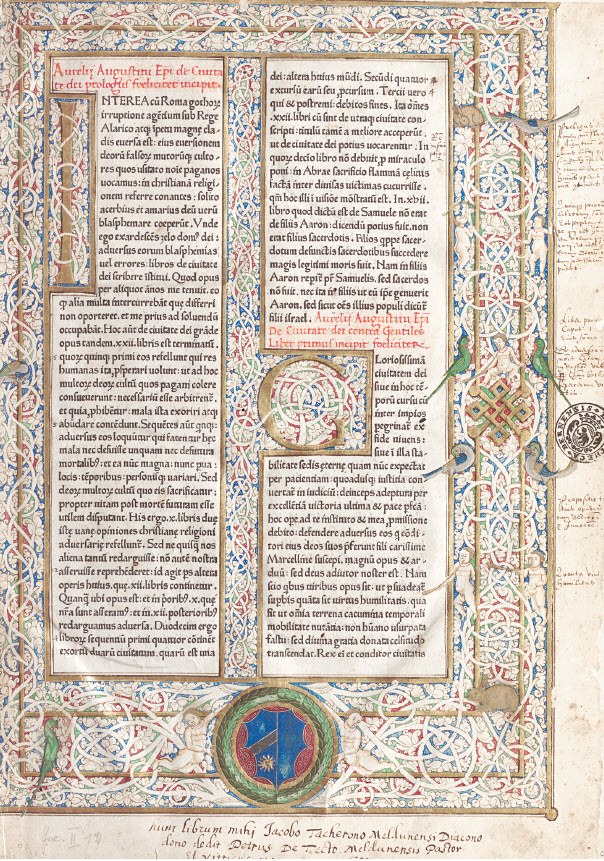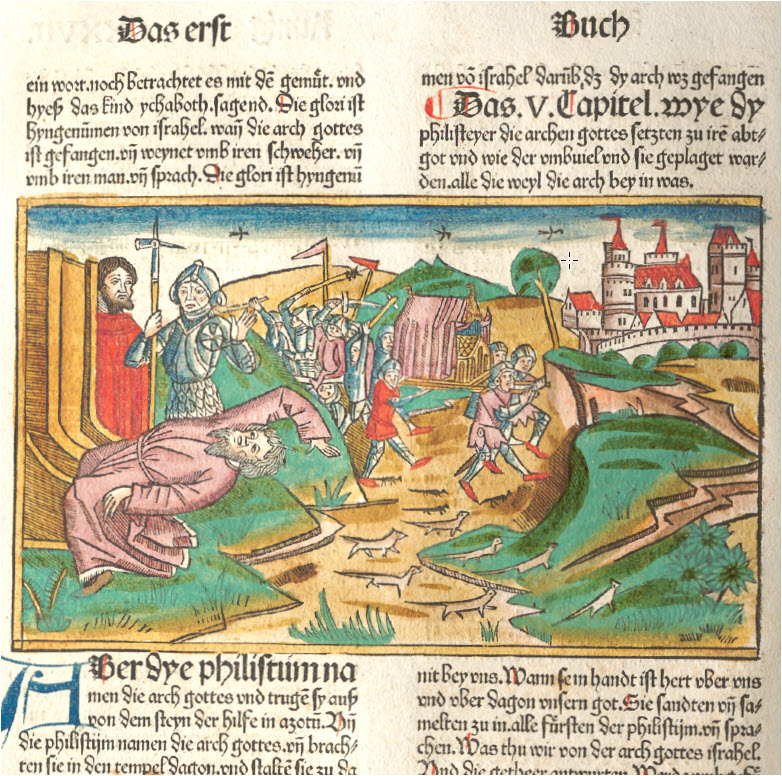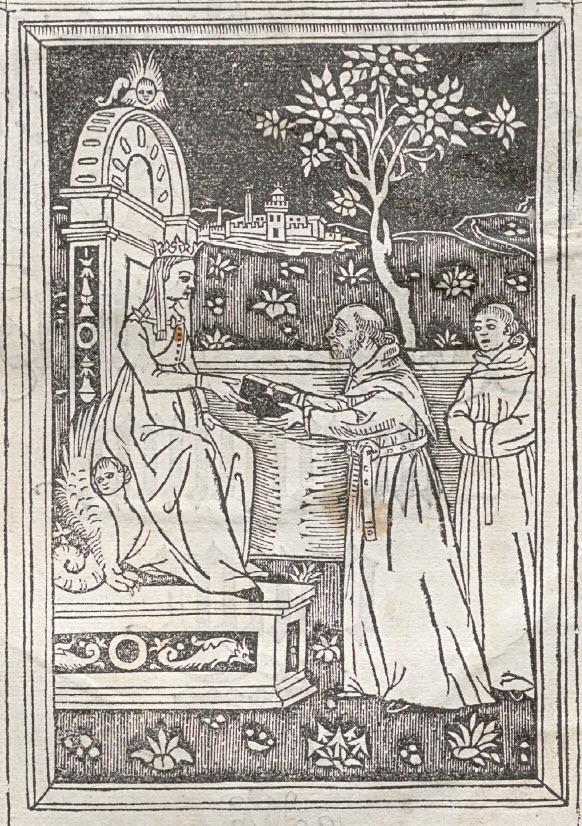What are incunables?
Incunables are books printed between 1454 and 1500. Incunabula means diapers or cradle and thus refers to books from the cradle period of book printing.
Fonts and initials
The early prints imitated initially the layout of manuscripts, but emancipated themselves gradually with newly designed types. The Schwabacher developed into one of the most popular Gothic fonts for German books.
The Antiqua is a combination of humanistic lower case and Roman capital letters. The Venetian printer and publisher Aldo Manuzio had an elegant Antiqua typeface designed for the printing of a contemporary novel.
Initials are highlighted first letters. The printers saved a rectangular space for the initial at the beginning of a chapter. Here, the initials were drawn in with the quill in colour, so-called lombards.
Illumination and woodcut illustrations
Books were often enriched with painterly means after printing. Depending on the financial means of the buyers, the spectrum ranged from individual painted initials to books with a coherent painterly design. Incunables became even more precious and unique copies with elaborately illuminated pages
Picture on the left: First text page with elaborate decorative frame painted in several colours: white tendrils with floral motifs, birds, rabbits and putti.
With the further development of printing technology, printers increasingly used woodcuts for pictorial design in addition to hand painting in order to print illustrations. This technique offered an ideal complement for letterpress printing that ranged from figuratively designed initials to column, half-page and full-page pictures and to the ornamental framing of the text.
Colouring with strong colours was planned from the outset in the early flat woodcuts, whereas it was no longer necessary in the increasingly finer representations with grey nuances in the transition from the Gothic to the Renaissance style, which first occurred in Italy.

